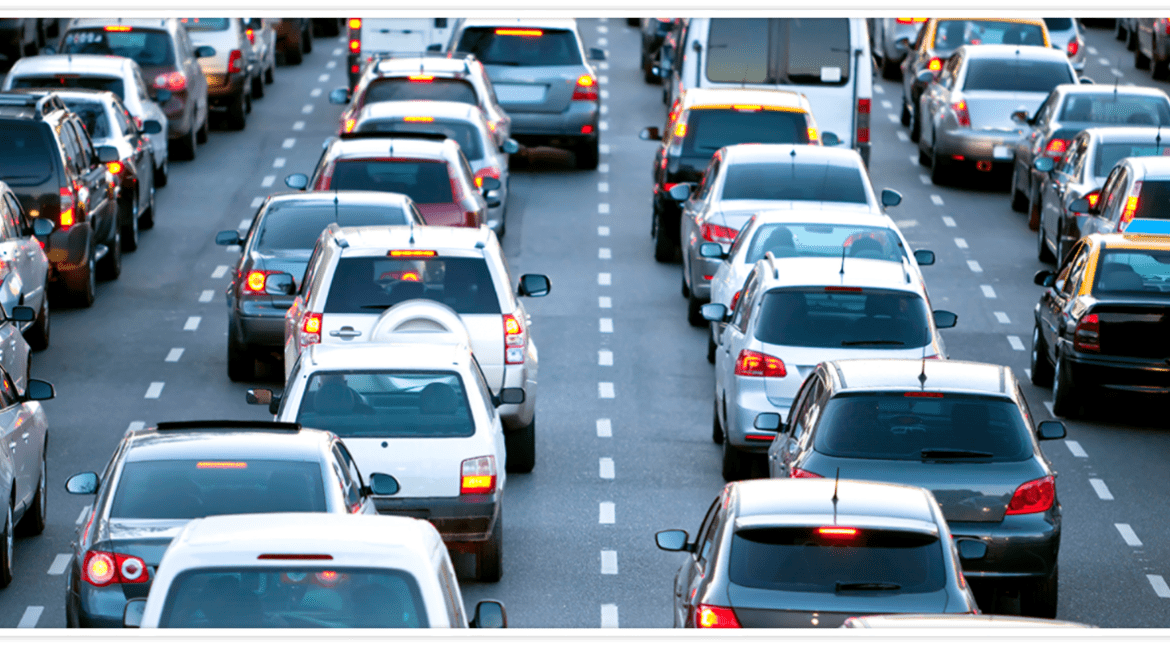Practicing mindfulness is only of value if we can apply it to the daily life. How about traffic? Having an unpleasant commute can be a spoiler to a productive day at work or an important meeting.
How many times did you leave home in a perfectly joyful mood and by the time you reached the office or a meeting, you were upset and aggravated? Then you entered the workplace, and the first words you speak are complaining about the traffic, weather, and people. What energy do you share with your colleague or client?
Even in the worst traffic days of commuting to work, would you like to arrive at the office relaxed, full of energy and excited to start the day? Imagine everyone beginning the morning conversations sharing news about exciting projects and family time. It requires the practice of mindfulness. First, to stop complaining and being annoyed in traffic. Second, consciously training yourself to be present and compassionate all the time. You can do both during the commute.
I recently watched a squirrel and an iguana “being stuck in traffic.” When an iguana and a squirrel meet on the same road, who has the right to go first? This is what happened. Iguana is naturally slower, so squirrel took action and changed lanes. In doing so, the squirrel didn’t blow the horn, didn’t frown, and didn’t stare at the iguana with a mean face. She just moved on!
To realize that people are different and unique in their nature is compassion in action. Some want to drive slower (“iguanas”), and some want to move faster (“squirrels”). One is an experienced driver, and another is just starting. We are collectively stuck in the same traffic. It’s not because of one person, but instead, we all contribute to it and become a part of the road. Therefore, wouldn’t it be wiser to share some positive vibes instead of getting exponentially upset and frustrated? Our inner commentary can be harmful and stressful to our nervous system, not anyone else’s.
Compassion is the ability to put oneself in others’ shoes and gain an understanding of how to act best for everyone in the present moment. It is a win-win practice. While compassion is oriented on others, our happiness increases as well as a result of practicing it.
Becoming more mindful of our emotions in traffic reduces the sense of competition and anger. Why so? Because feelings of compassion and anger are mutually exclusive — we cannot have both at the same time. Which one would you instead choose then?
Choose to improve your practice of compassion. When stuck in traffic, think about being united with all the people and consciously wish them well. Look to the person on the right-hand side. Relax. Smile. Think that he or she is a great person. Wish them well. Do the same with the people to the left, upfront and back. Breathe slow and practice maintaining a positive state of mind.
Take daily commute as training to feel more positive emotions. Stay present and calm. Choose to think that person speeding perhaps has a family issue and has to rush. Choose to believe that a slow driver just got their license today and this is their first time on a highway. Remember yourself when you first started to drive? Choose to think that person texting has an emergency and unaware of the risk they are taking.
Mindfulness and compassion are a conscious choice of positive thoughts over negative. We all have both, which one would you feed? Choose to arrive at work fresh and full of energy. The performance wheel is in your hands. Drive yourself to the top.

